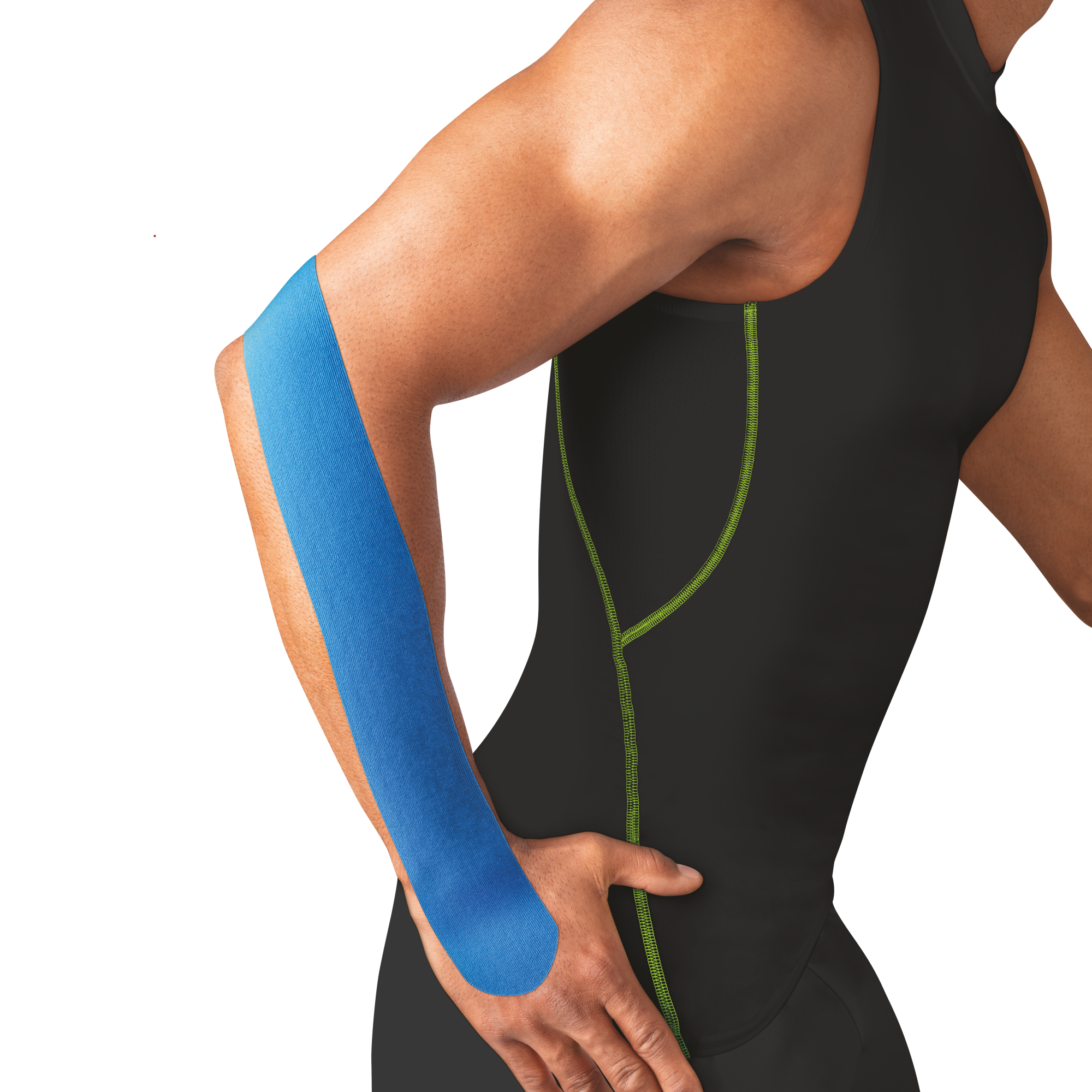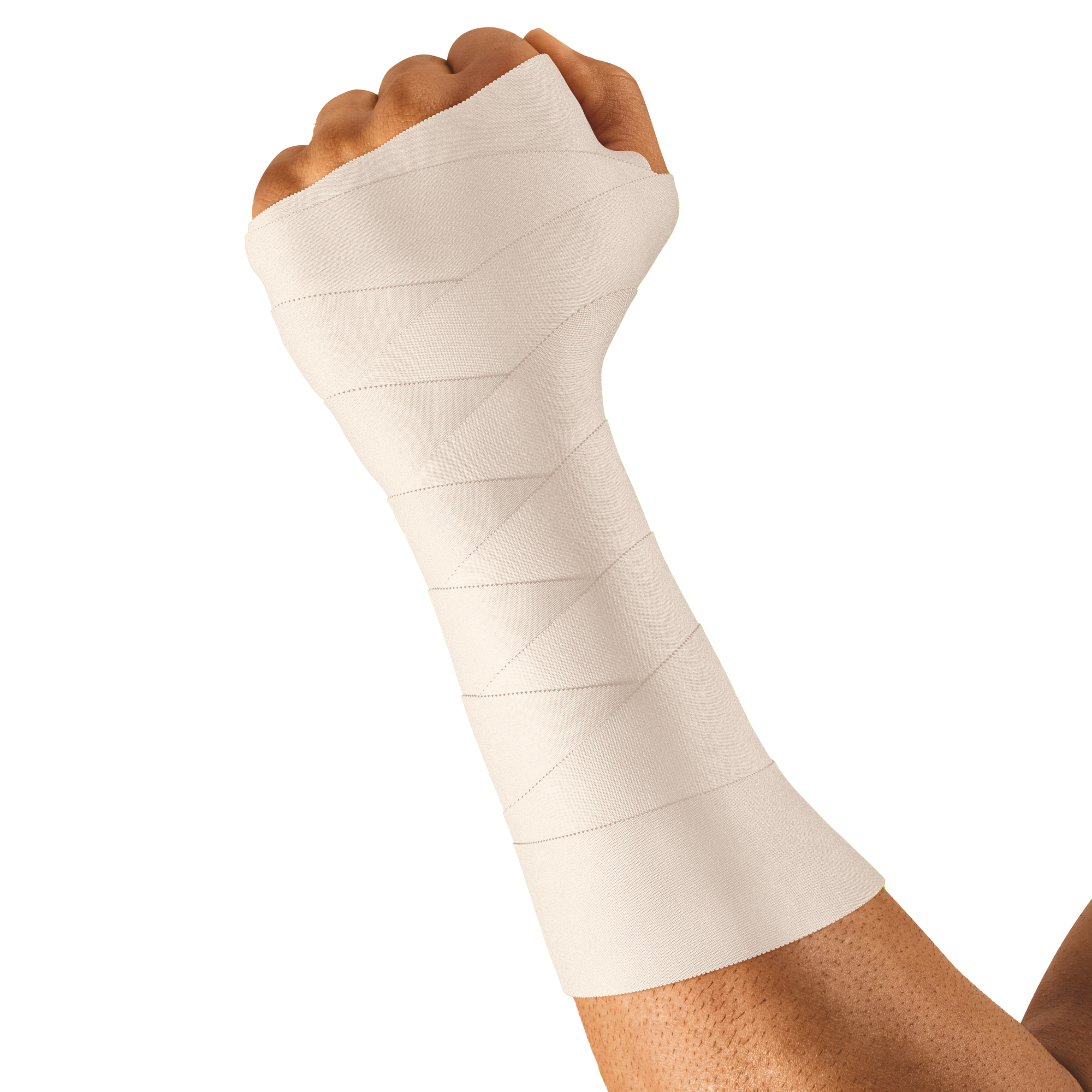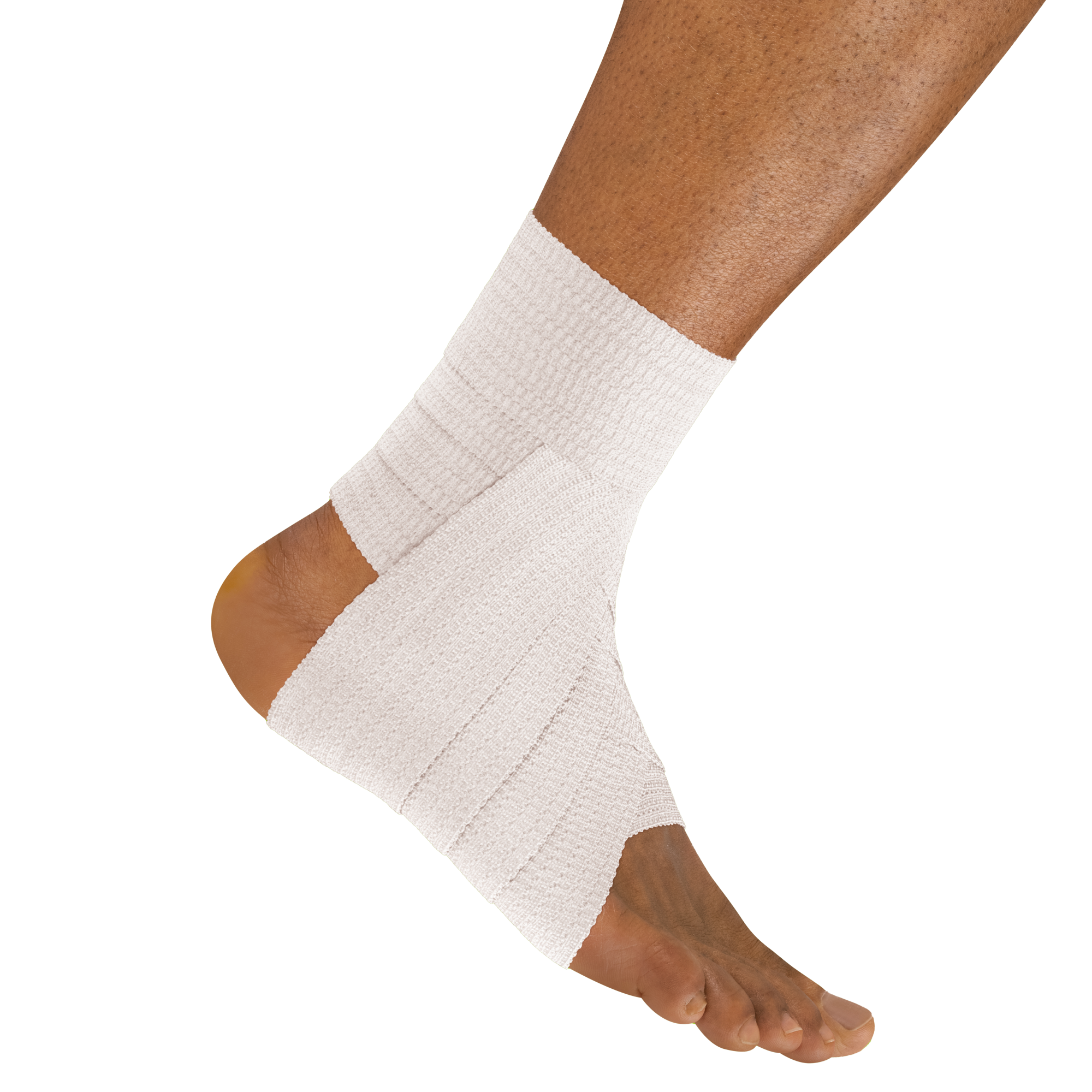Tape therapy. You’ve seen athletes use it. Maybe a gym buddy or teammate swears by it. Or maybe it’s been recommended to you by a coach, physical therapist, or another healthcare professional. But with so many options available, how do you know which tape is right for you?
Whether you're recovering from surgery, managing chronic pain, or looking to prevent injuries during intense workouts, understanding the differences between kinesiology tapes, strapping tapes, and elastic adhesive bandages (EAB tape) can make all the difference. Let's explore the unique benefits and applications of each, so you can make an informed choice.











